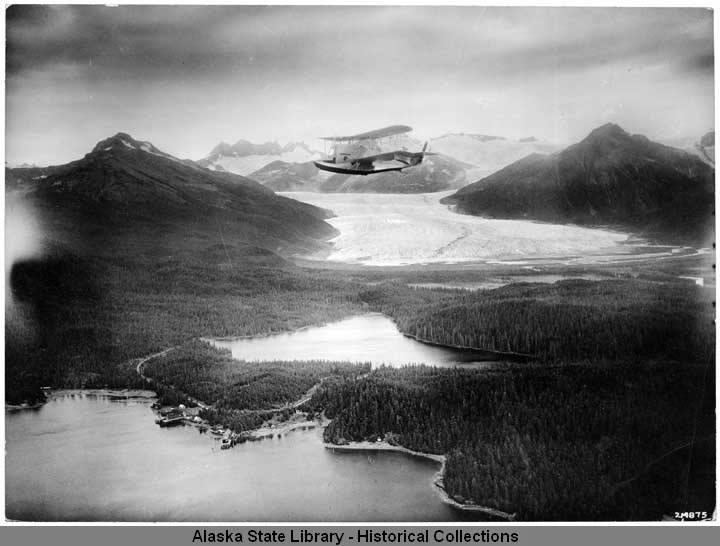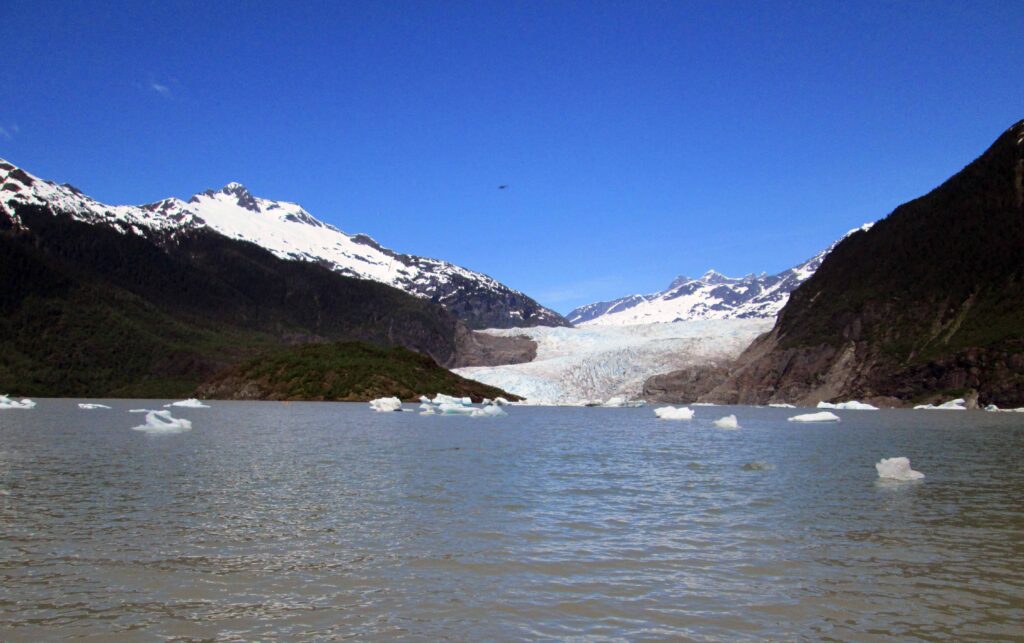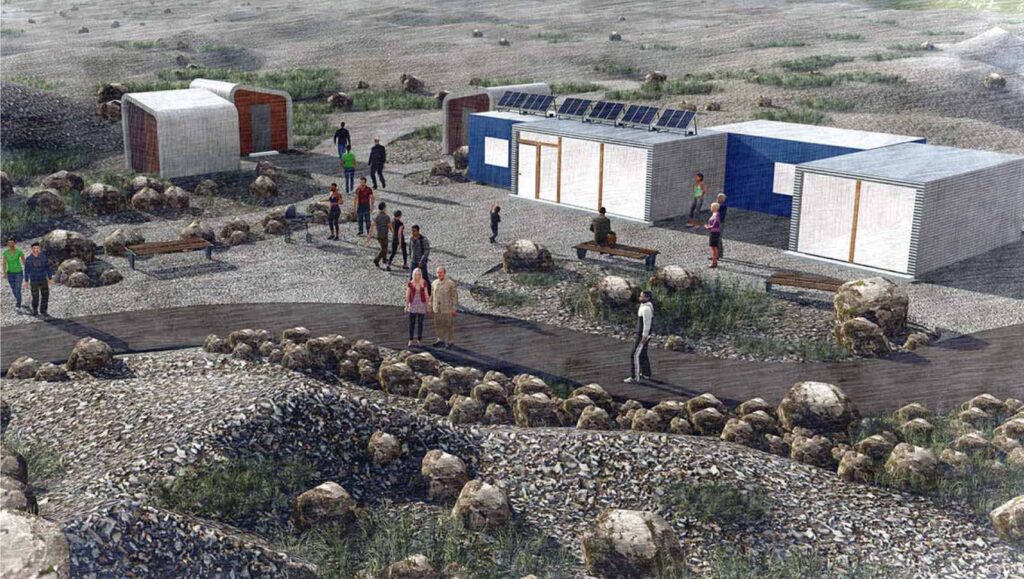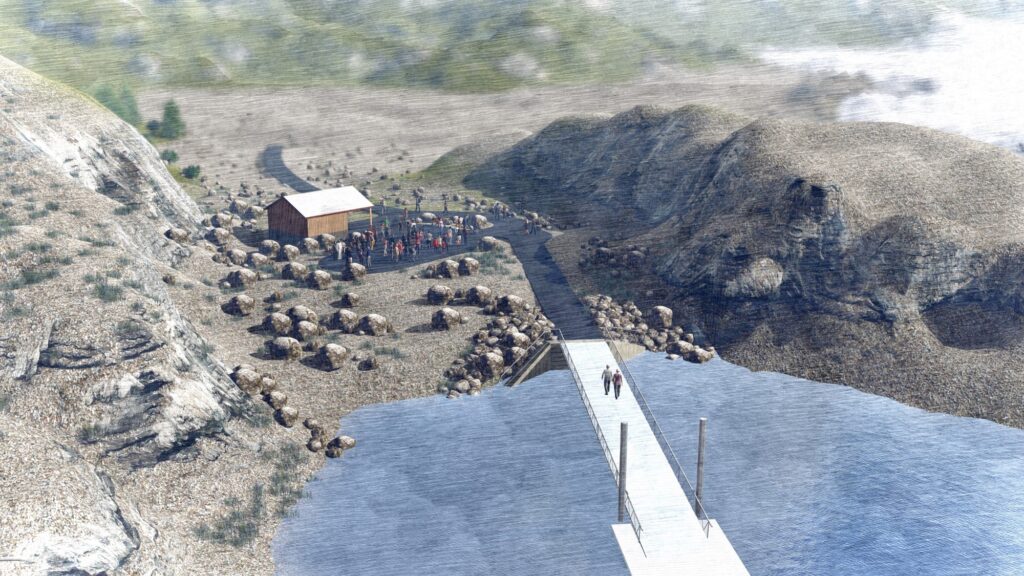According to a recent report by the U.S. Global Change Research Program, Alaska is among the fastest warming regions on Earth. In fact, 2019 was the hottest summer ever recorded in Alaska. I can attest to that as 2019 was the first of my five summers in Juneau that heat exhaustion was a concern.
In the winter edition of this newsletter I wrote how Juneau’s Mendenhall Glacier is receding. Its rapid retreat concerns Juneau’s city leaders and U.S. Forest Service (USFS) administrators because about a million tourists visited the center in 2019.
The Mendenhall Glacier Visitor Center is within the Mendenhall Recreation Area of the Tongass National Forest. USFS administrators anticipate the glacier will recede out of sight from the visitor center by 2050. Now, this is a problem. Those million visitors, they support Juneau’s tourism industry as well as the Tongass National Forest.

Anticipating the negative economic and sociological impact of the glacier disappearing from sight, the USFS has a plan to ensure visitors will be “able to touch the ice” in years to come. But, the glacier’s recession is not the only issue facing the visitor center. Overcrowding, traffic congestion, vehicle exhaust, insufficient visitor facilities and more are degrading the visitor experience.

The USFS’s plan to address the above issues should ensure current and future visitor demands are met. Still in the exploratory stage, the Mendenhall Glacier Master Plan is a 25-year development plan within a larger 50-year vision to improve the visitor experience, including:
- Improving visitor facilities
- Building a new welcome center
- Expanding the current visitor center
- Improving wildlife viewing access
These plans are well and good, but what intrigues me is the plan to give visitors the chance to actually touch Mendenhall Glacier. To reach the glacier today requires hiking over gnarly terrain or kayaking about two miles across Mendenhall Lake.
“Direct access to the Mendenhall Glacier is currently challenging and time consuming,” the plan states. “Visitors want to ‘touch the ice’ and the lack of formal access creates safety concerns… . As the Mendenhall Glacier continues to recede, both visual and physical access to the glacier will become more challenging.”
The plan proposes building a remote visitor center across the lake from the current visitor center. Boats will transport visitors across the lake to the remote visitor center.

“Creating a water-based glacier access system across Mendenhall Lake will help to meet long-term user needs for safe and efficient access to the glacier from the Visitor Center,” the plan states. “The remote glacier facility will be composed of structures that can be relocated as the glacier recedes.”
Admittedly, the overwhelming humanity that swarms the visitor center dampens my enthusiasm for leading interpretive programs through the recreation area. Therefore, I look forward to the improvements outlined in the Mendenhall Glacier Master Plan – for future guides. I will be retired long before 2050.

***
